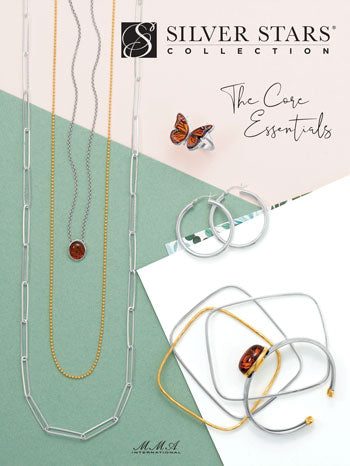Inventory Buying
 Pricing Tips For Your Small Business
Pricing Tips For Your Small Business
For many entrepreneurs, managing your inventory is not a part of the business that evokes a lot of excitement. After all, the reason you started your business was because you had a passion for the product and want to share it with customers—you don’t want to worry about restocking shelves and showcases. That being said, making sure you have what you need when you need it is a very important part of keeping your business running smoothly and profitably.
In general, your top selling items will amount to 80 percent of your total sales yet account for just 20 percent of your product line. These products can be considered as Group A. The next 30 percent of your line, Group B, will account for about 10 percent of your sales with the remaining 50 percent, Group C, making up the final 10 percent of your overall sales. These numbers are quite staggering and drive home the importance of tracking and stocking your best selling products. Making sure your Group A items are always in stock is essential and will help you avoid disappointed customers and lost sales!
Know your Best Sellers. Determine what items in your line have repeat sales and create a system to track them. It can be something as simple as keeping a notebook of style numbers and regularly checking your stock or using accounting/sales software that easily tracks it for you—the important thing is to find an efficient system that works for you and your business.
Deciding how much to stock. When it comes to your best sellers, you should consider stocking four weeks of sales. Project your needs based on past sales, for example, if you have sold an average of five pieces of a specific item per month over the last six months, then keeping five pieces on hand will ensure you have sufficient inventory for the coming month. Seasonal items and peak selling times are exceptions to this rule—recognizing these patterns and ordering a little more pre-season and scaling back your orders post-season will allow you to have stock when you need it most and avoid overstocking and tying up capital when things slow down.
Pricing your product line. We are often asked how to price items. There is no exact answer that works across the board as there are several factors to consider, such as the product itself, your cost, and your clientele. Our catalogs are printed in triple key suggested retail, an industry standard meaning “your cost X 3 = sales price.” This is a general pricing guideline that can be tailored to suit individual items.
Things to consider when pricing your inventory:
- Products with a high perceived value and/or lower cost can command higher margins.
- More expensive items should be margined thinner to encourage sales but still allow you to turn a profit.
- Trends come and go—these styles can be margined higher initially and will have great turnover. But take notice when the demand starts to slow, cut back ordering, and make price adjustments accordingly to move stock before the trend passes.
- Check out what competitors are selling similar items for and keep your prices competitive. Have something unique that no one else carries? These niche items can yield higher margins.
We hope these tips have helped you to gain a better understanding of how your inventory delivers profits, the importance of tracking sales, stocking best sellers, and pricing your products to be competitive in the market.

 All the Rave: Friendship Bracelets
All the Rave: Friendship Bracelets
 Seeing Multiples
Seeing Multiples Spring '24 Starter Pack
Spring '24 Starter Pack
 14 Karat Gold
14 Karat Gold Tying the Knot
Tying the Knot Sale Items
Sale Items
 Bargain Vault
Bargain Vault Closeout Sale
Closeout Sale




